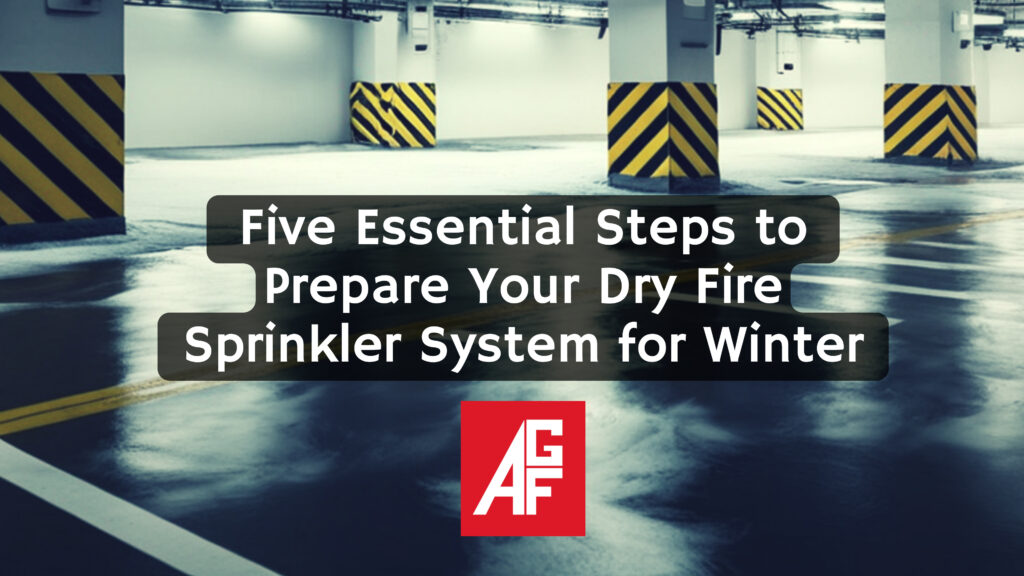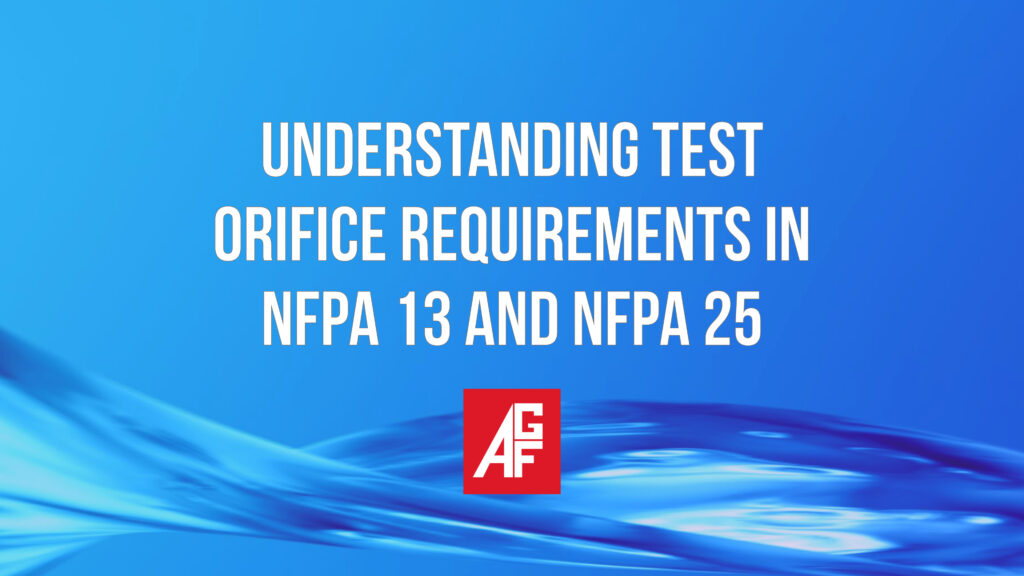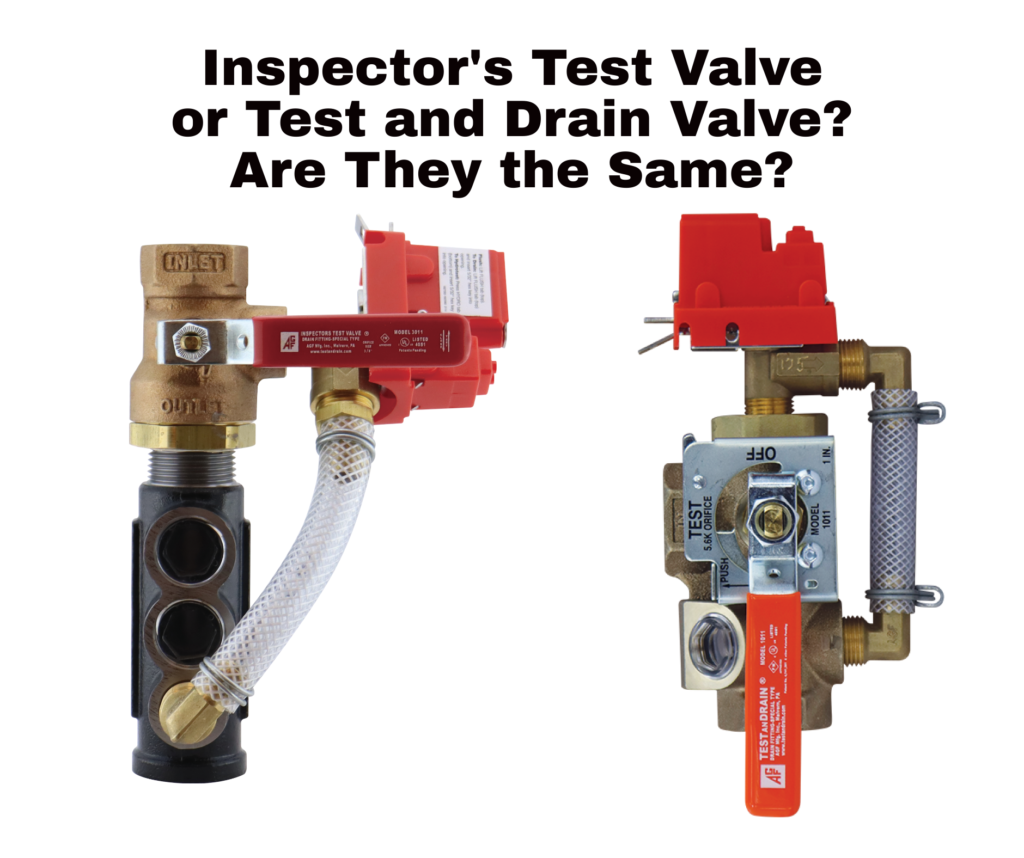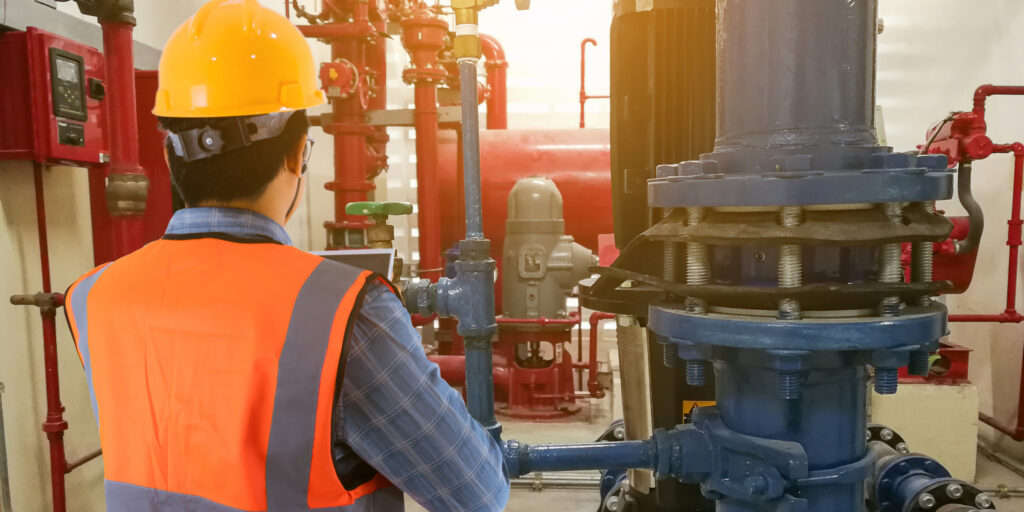When it comes to fire protection, codes and standards provide the baseline: reliable systems designed to save lives and protect property. But for building owners, simply meeting minimum code requirements doesn’t always address the everyday challenges of operating and maintaining these systems. Increasingly, the fire protection industry is embracing technologies and product designs that go beyond compliance to deliver added value through convenience, cost savings, and peace of mind.
Building Codes: The Starting Point, Not the Finish Line

Codes are essential, but they’re written to ensure safety, not to optimize building operations. They don’t always account for factors like maintenance labor, service costs, or the risk of incidental water damage. Manufacturers and contractors are stepping in to fill that gap by offering products that streamline maintenance, reduce nuisance issues, and provide owners with tools for smarter management of their fire protection systems. For example, AGF’s Flood Eliminator is a product designed to allow condensate water to collect normally in a standard drum drip but then, if presented with the flow that would result from a failed drum drip, automatically trip to cut off that flow, eliminating the flooding and damage that would result from the system’s failure.
Continue reading Beyond Code: How Innovative Fire Protection Products Benefit Building Owners →






